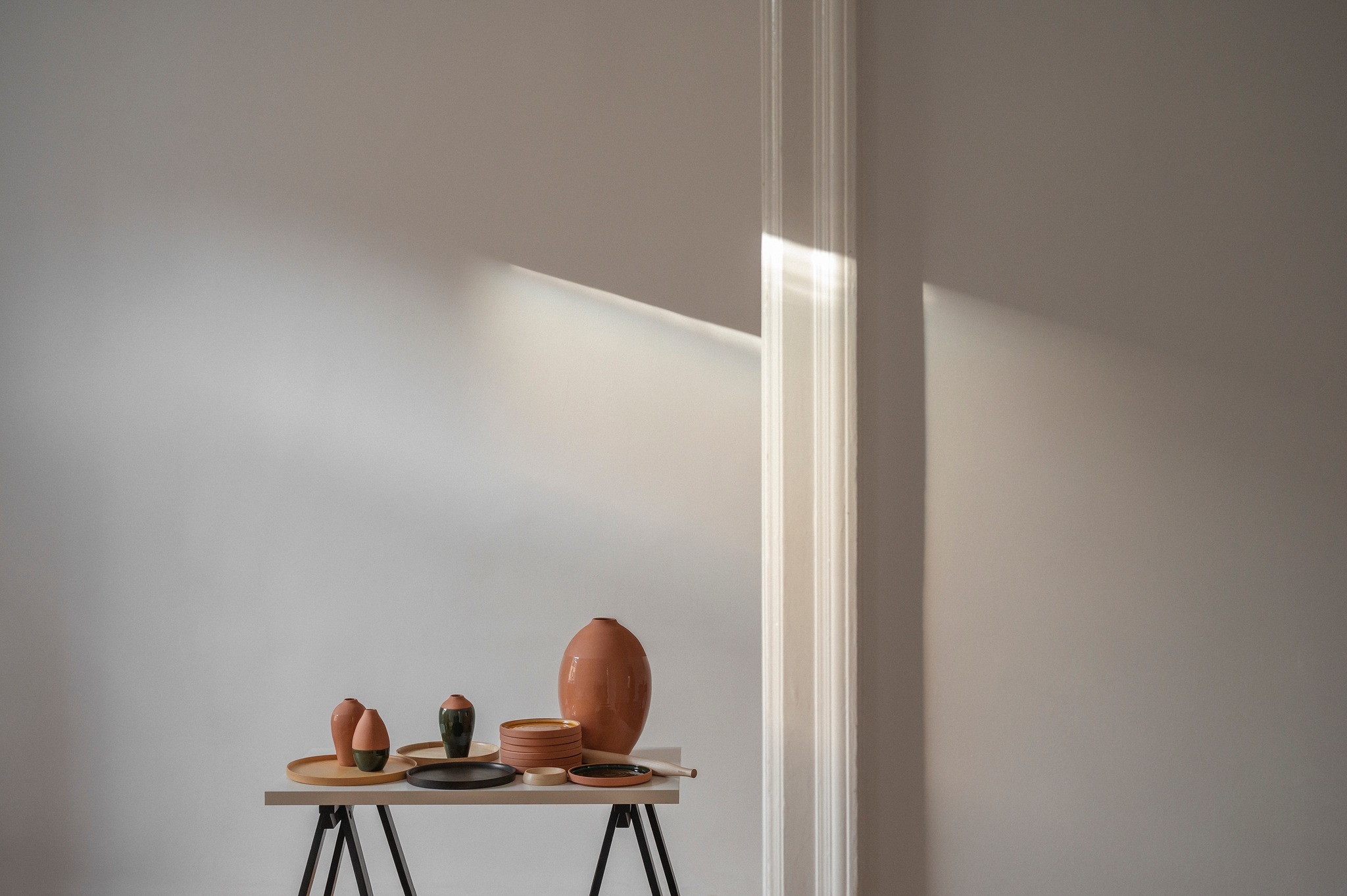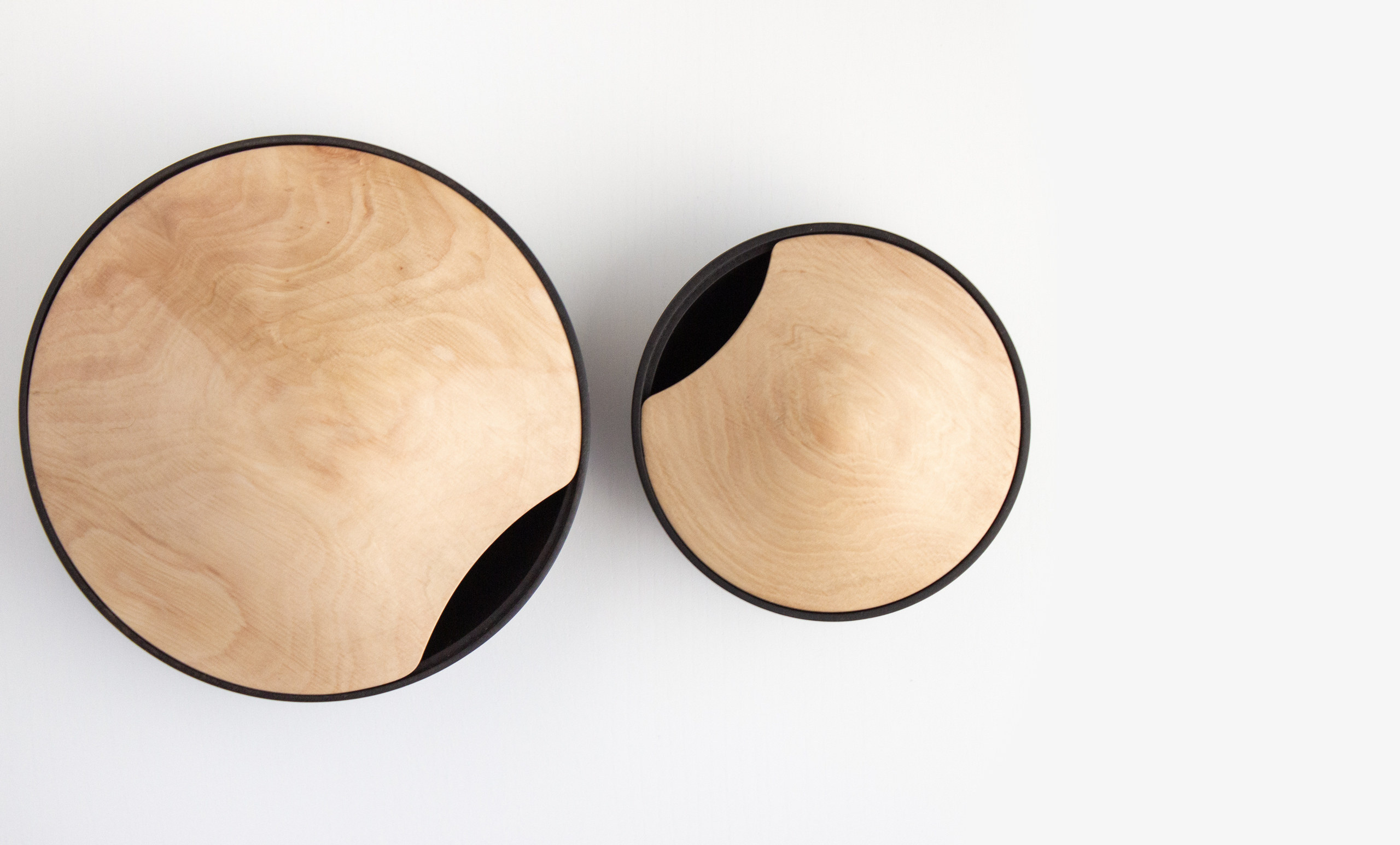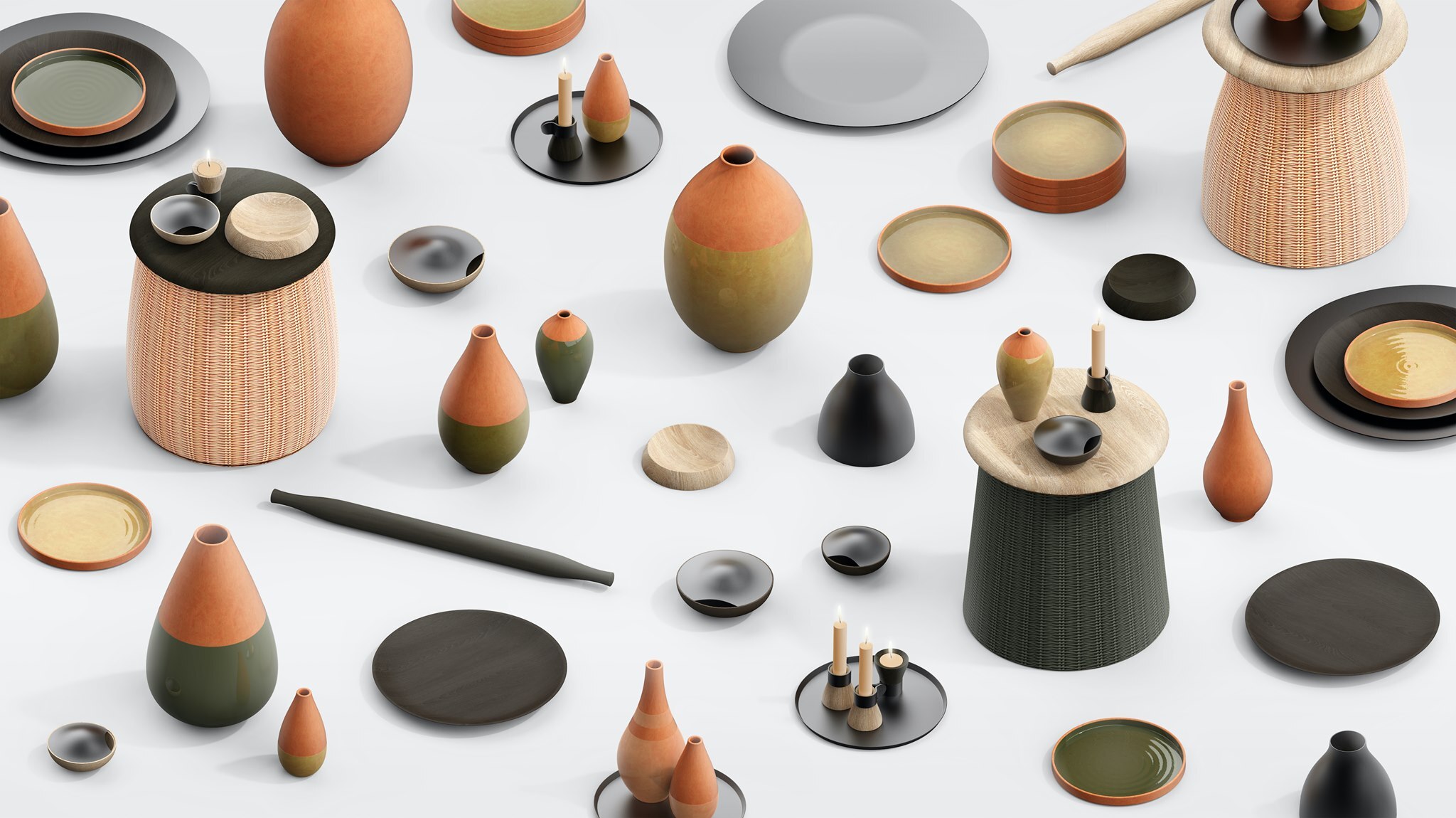What Distributed Design Can Learn from Traditional Craftsmanship and Overcoming Today’s Challenges
In our rapidly changing world, merging distributed design with the principles of traditional craftsmanship offers a unique opportunity to enhance both fields. Distributed design involves collaboration across different regions and cultures, which brings a complexity that traditional craftsmanship, with its rich heritage of detailed, sustainable, and community-focused practices, can help simplify and enrich. Here’s a deeper look into how combining these practices benefits design and what needs to be done to realize this promising vision fully.
„The craft sector in Europe is made up of microbusinesses and SMEs creating with multiple raw materials, working with a vast range of creative skills and processes ranging from heritage to contemporary technology, producing objects varying in aesthetic, scale, function, purpose, application and symbolism, embodied in and proud of cultural heritage and traditions, familial tradition, and geographical location.”[1]
Craftsmanship teaches us the value of attention to detail—each part of a product is made with care and precision, ensuring quality. Distributed design can adopt this principle to ensure that each component, even if created in different locations, meets high standards and works well with others. Products are often made to meet local needs, which results in customization and adaptability. Distributed design can incorporate this flexibility, allowing designs to be easily adjusted to fit different local requirements without losing their core functionality. Approaches are more sustainable: materials are locally sourced, local manufacturing skips logistics and products are made to last. Waste and environmental impacts are reduced by choosing environmentally friendly materials and creating durable products.
Traditional craftsmanship often thrives in a community where resources and knowledge are shared. Similarly, distributed design can benefit from fostering a strong community among participants, encouraging collaboration and sharing ideas. The transfer of skills and expertise, where techniques are handed down through generations, can inspire distributed design. The design process can continuously improve and adapt by creating systems for sharing skills and knowledge across different groups. The iterative nature of craftsmanship, where products are continually improved based on customer feedback, is a strategy that distributed design can adopt. This process helps adapt designs to changing needs and new technologies.
[1] A Study into the Resilience of the Craft Sector in Europe

The Hungarian Design Studio, founded by Adrienn KIRÁLY and Bálint SZALAI, itthon is a perfect example of how contemporary design can forge the heritage and the values of local traditional manufacturing. Many people leave the city of Ada in Vojvodina, the hometown of Bálint. Meanwhile, the possibility is given to bring positive changes with the help of strengthening local values. They intend to broaden the possibilities of artisans living there while relying on the traditions and know-how of small-scale industries by addressing low-technology workshops that have accumulated huge experience and expertise.
Their products are long-lasting, small-series everyday objects – made from a local base, natural materials – which react to the emotional and functional needs of a home with sustainable tools, like wood that was cut out in the neighbourhood, homegrown cane, and clay, which have been the material of pots and cookware for centuries.

The collection is inspired by the moderate common sense of peasants’ culture and the colours of the land. Given that one of the project objectives is to establish contact between local makers, creating a single product may consciously call for the joint work of various workshops due to the choice of materials. Combining local values and know-how with the tools of contemporary design creates new market opportunities for the community. The project aims to form a community of object makers and generate economic profit.
Due to the handcrafting process and the natural materials, every piece is unique. They are convinced that designers can play a catalytic role through community projects that create positive social impact. Throughout our project, they aim to motivate the community to use its artisanal heritage. We want to highlight their opportunities to turn this know-how to their advantage, prospering in a more sustainable future.
Honest and transparent communication is fundamental to their brand: you can meet their local artisans on their website.
